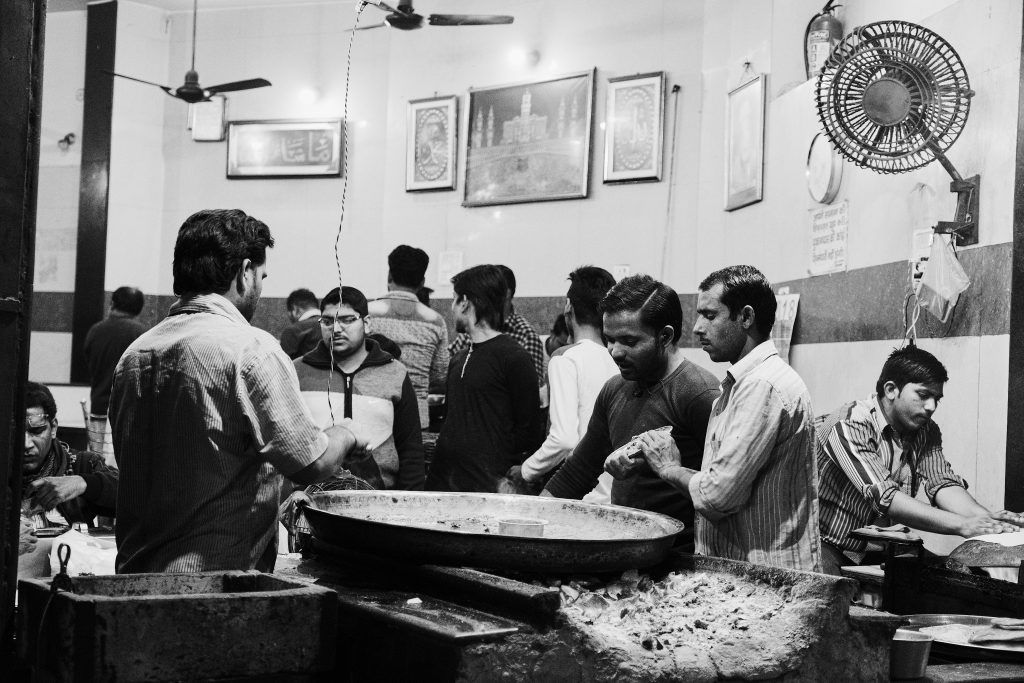

Lucknow the hidden gem of India

5th February 2018
Part I – Lucknow by night
By the standards of Delhi, Kolkata and Mumbai, Lucknow, with a paltry population of 5 million is by comparison a village and to some extent it feels that way. It is also very different because it seems to have been forgotten by the Indian tourist board. Its heyday was from the mid 18th to the mid 19th centuries when the rulers and later the kings went on a spending spree and left an indelible legacy in a fusion of Persian and Moghul architecture while also showing the European influence by way of soldier, doctor, philanthropist and architect Claude Martin.
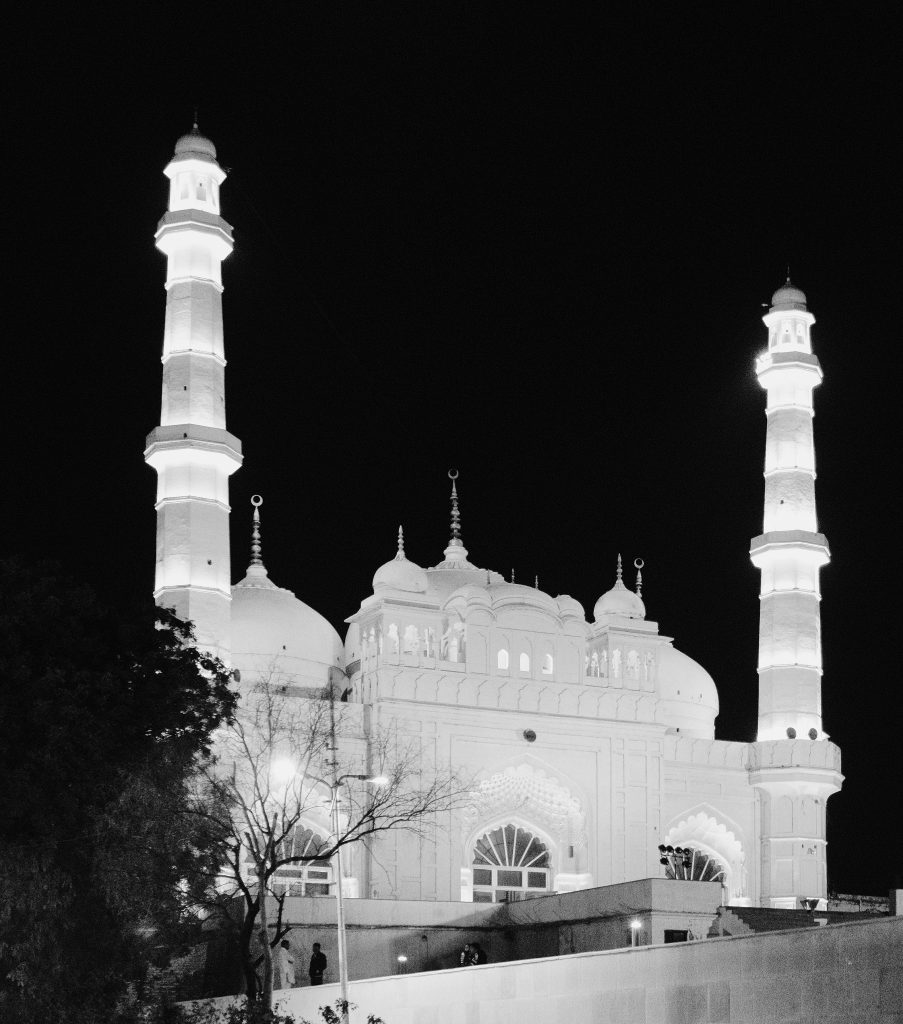
Where there was some method in the chaos of Delhi, here the method seems to have been forgotten; at least in what used to be the city’s main street; now a narrow alleyway filled to the gunwales with all manner of shops and artisans and it is a challenge to navigate through the throngs of people; on foot and on motorbikes and on rickshaws.
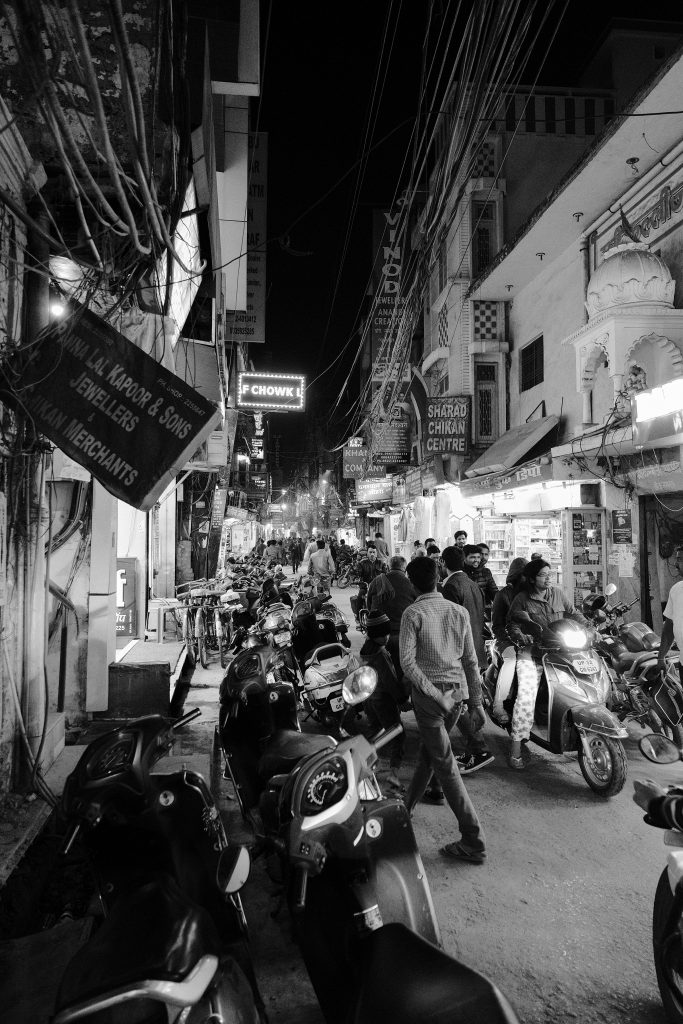
It is also notorious for its delicious street food. Tundey kebabs are famous (and by the way exceedingly delicious) and Indrees is rumoured to serve over 1000 dishes of biryani each day. They are now on the internet and also serve take-aways. Hopefully they will retain their tradition despite their fame. At 130 Rupees a serving you are well fed for very little money (approximately £1.50).
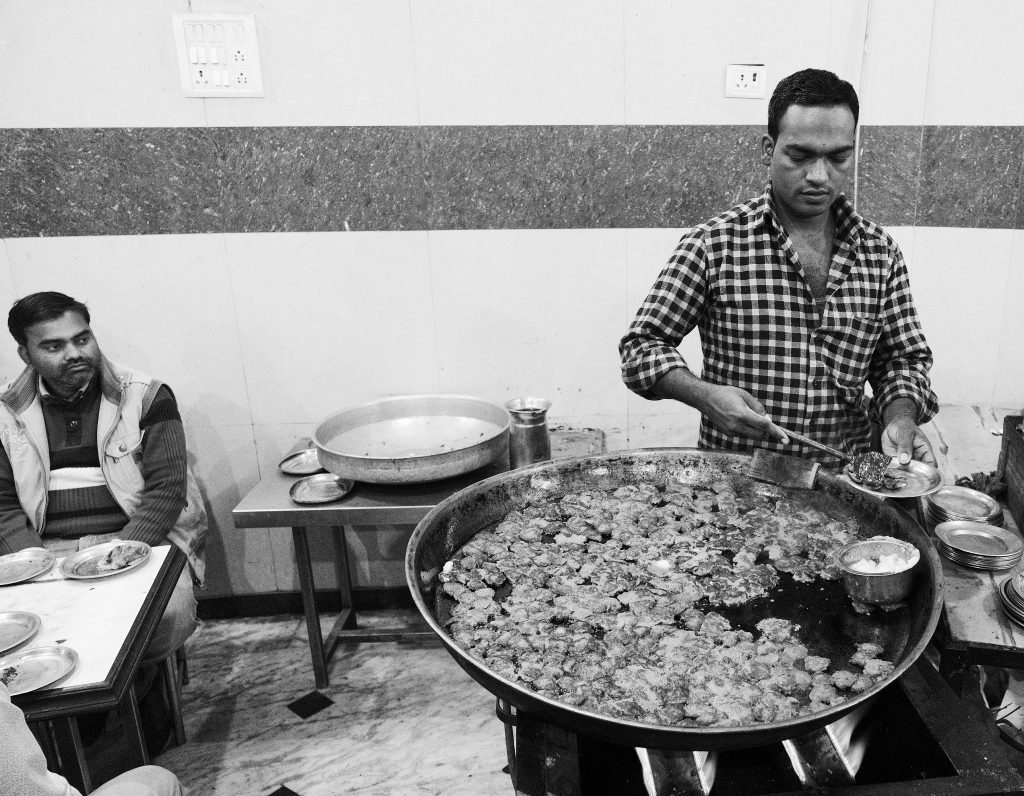
Everything seems to be readily available. Shishas, fruit, clothes, shoes, vegetables and hardware. It is open from between 10 in the morning till 10 at night and it is exhilirating and exhausting and I wouldn’t have missed it for anything.
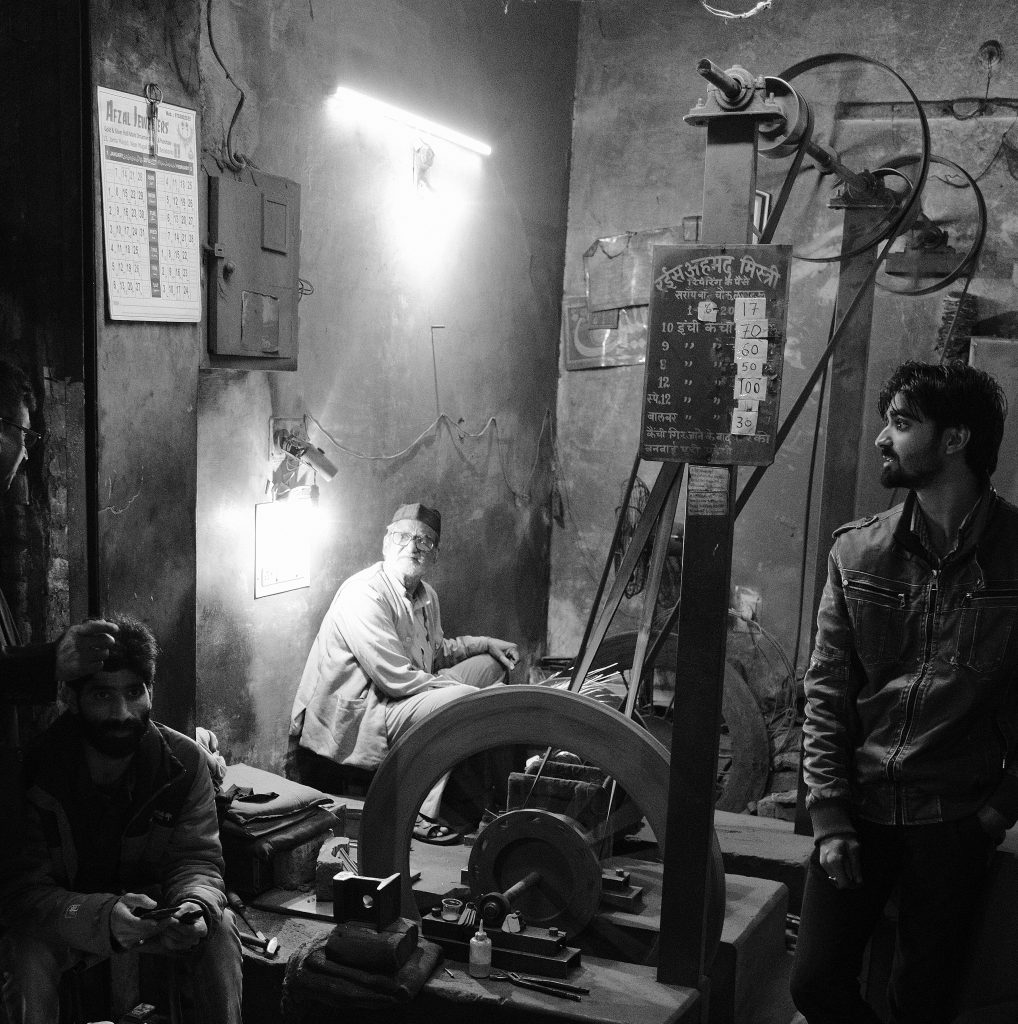
Click on an image to launch the gallery:
[Modula id=’4′]
Lucknow – Part II, Mosques and Mausoleums
Despite that Shah Jahan, of Taj Mahal fame had no great significance in Lucknow, the city, dispersed on both banks of the Gomti river is peppered with mosques and the Muslim proportion of the population at 30 percent is double the average for India.
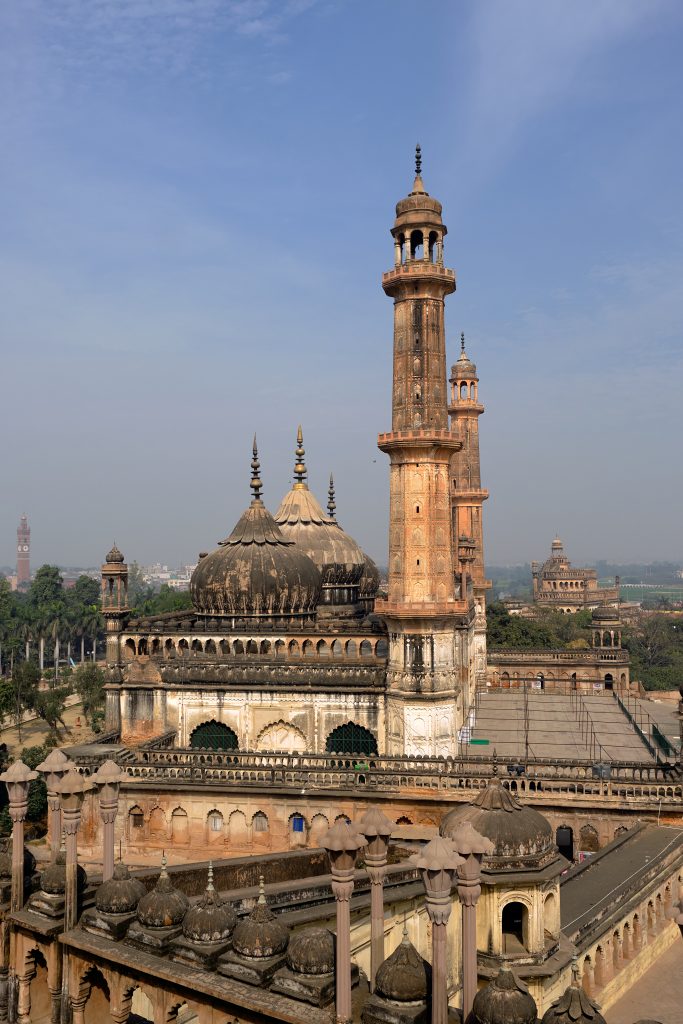
The fourth Nawab (ruler, “like a king”), Asaf Ud Dowhala found interest in employing a Persian architect to design his mausoleum and the resulting creation, Bara Imambara, is a wonderful mixture of Persian and Moghul influences; to my mind finer in quality and intricacy with very delicate details.
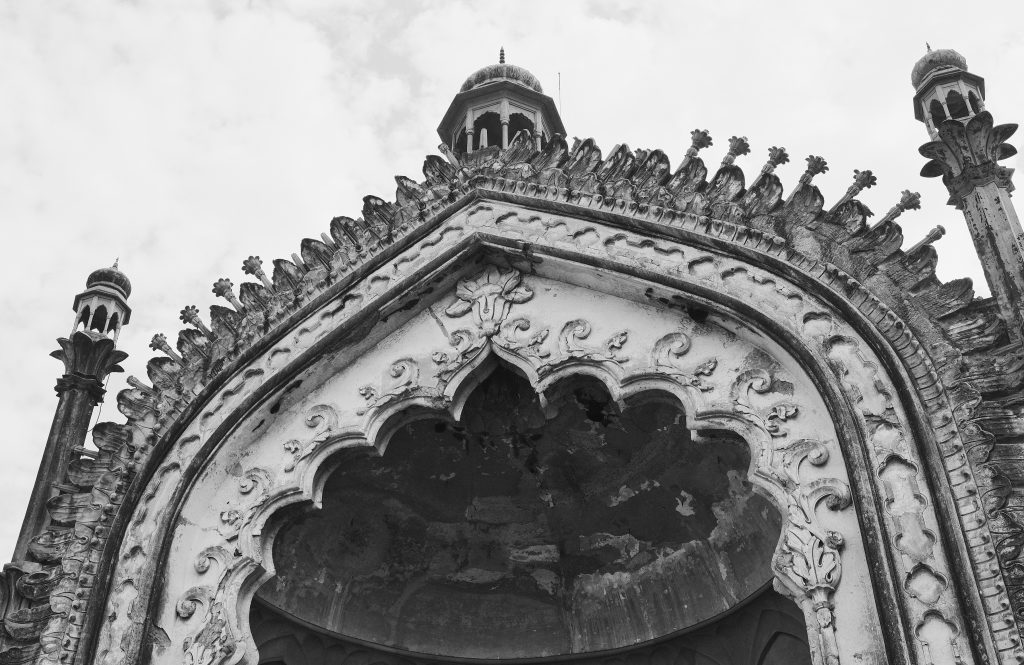
The thinking behind the labyrinth at the Bara Imambara mausoleum, where he rests beside his mother (he had several wives but no favourite) shows at least some sense of humour.
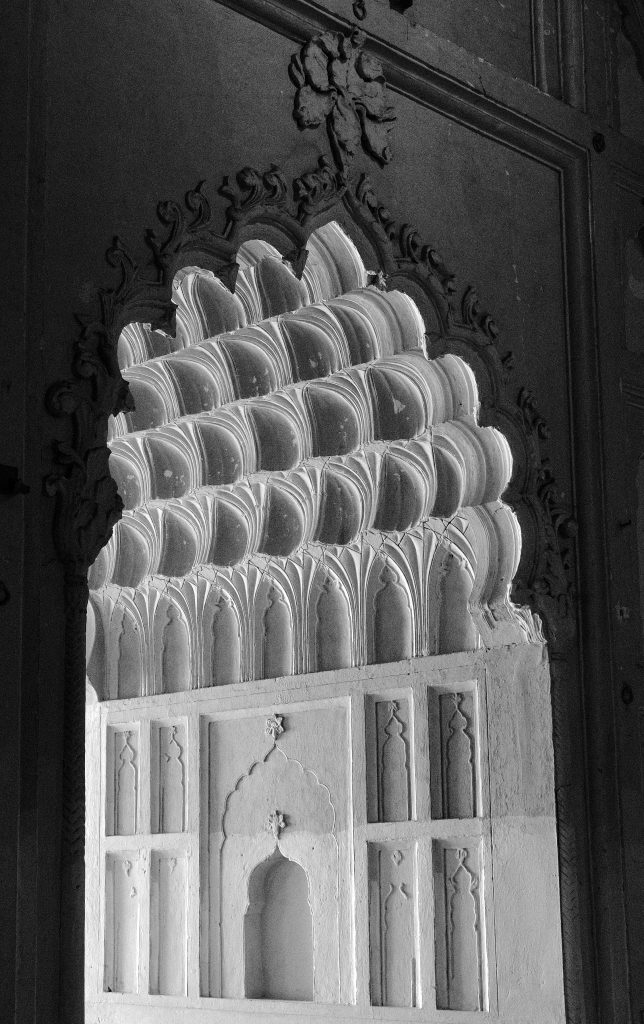
The steps leading to the fourth floor of that building, and from there to the labyrinth, are particularly steep. It is said that the intention of the Nawab was that only fit and healthy people should climb to the top because only they would have sufficient energy to take in the wonders, whereas unfit people would just flop to the ground in breathless rest. It was clearly not intended for them. He commissioned the building during the drought year of 1784 AD to help the poor make a living. It took 14 years to be finished. Lower castes would work during the day while the elite would work at night and it is rumoured that they destroyed some of the work carried out during the day to extend the construction time.
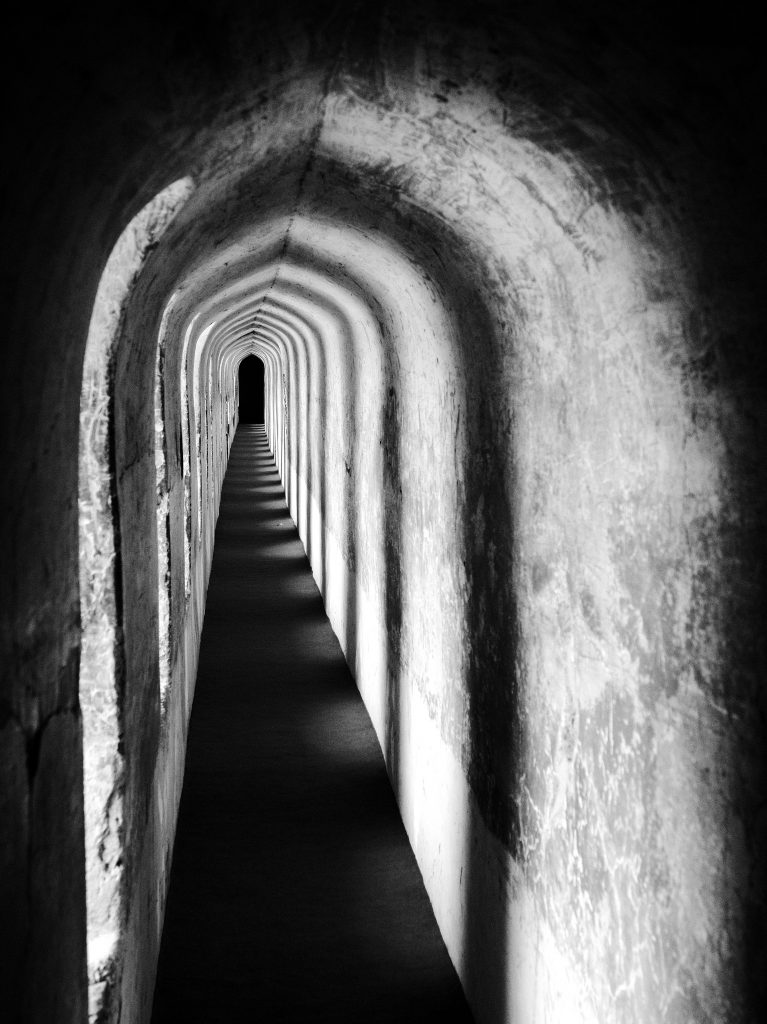
Lucknow is also famed for embroidery. Fine cotton and other textiles are stencilled with classical patterns and then taken to rural artisans for the intricate hand embroidery.
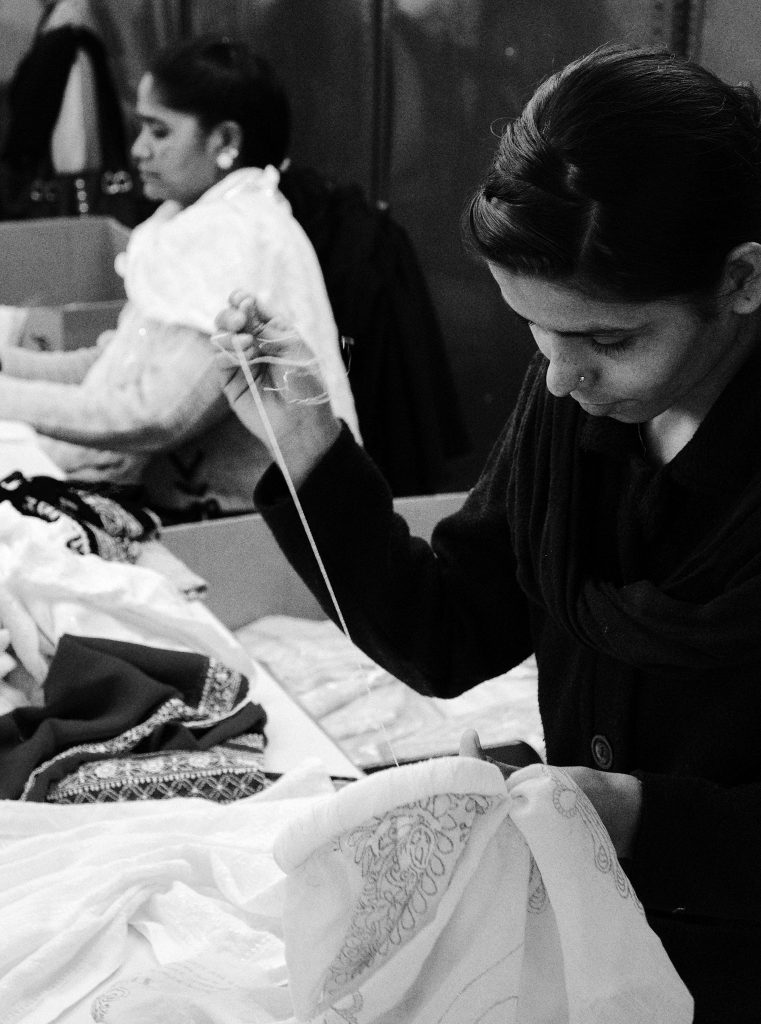
Lucknow is a city of wonders, mostly unviewed by 21st century foreigners.
Click on an image to launch the gallery:
[Modula id=’5′]
Lucknow – Part III, Claude Martin and the Indian rebellion of 1857
Claude Martin was a Frenchman who had served in the French East India Company. After their defeat by the British East India Company he became a British officer and rose to high rank in the BEIC army. Aside from being a brilliant military strategist, he was also an architect, doctor and “bon viveur” with close connection to the Nawad.
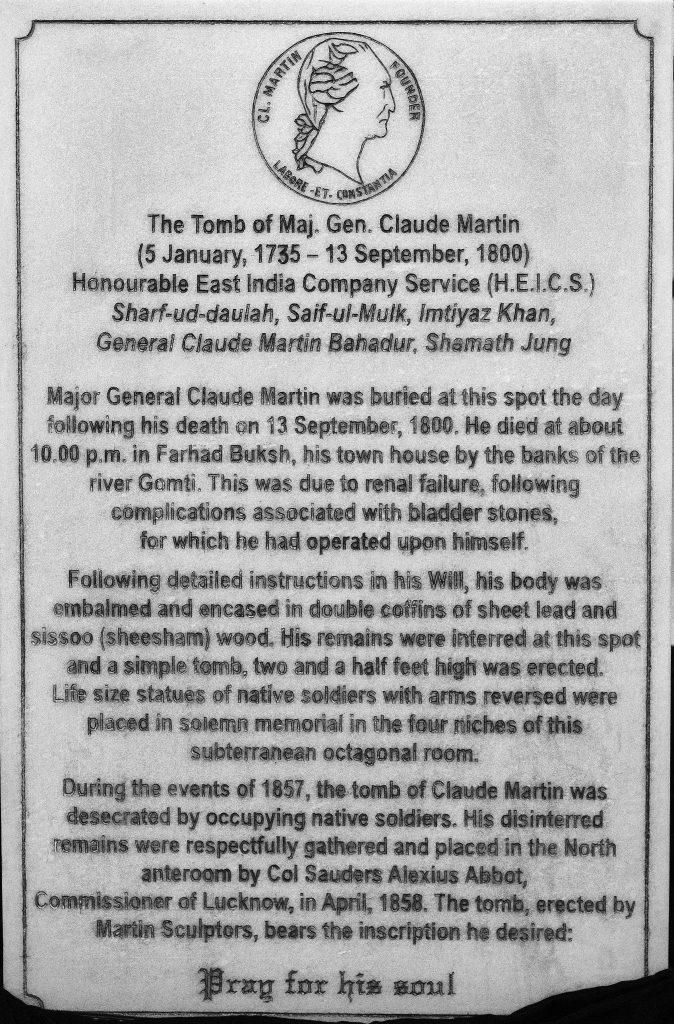
Boulone Lise, whom he purchased when she was nine years old remained with him during his lifetime. She was to survive him by some 45 years and he left her a generous legacy. He designed and had built what became La Martiniere School, still in existence today as a prestigious school for 5000 mainly Indian elites. Boulone Lise was buried at Martin’s request on a plot on the school grounds.
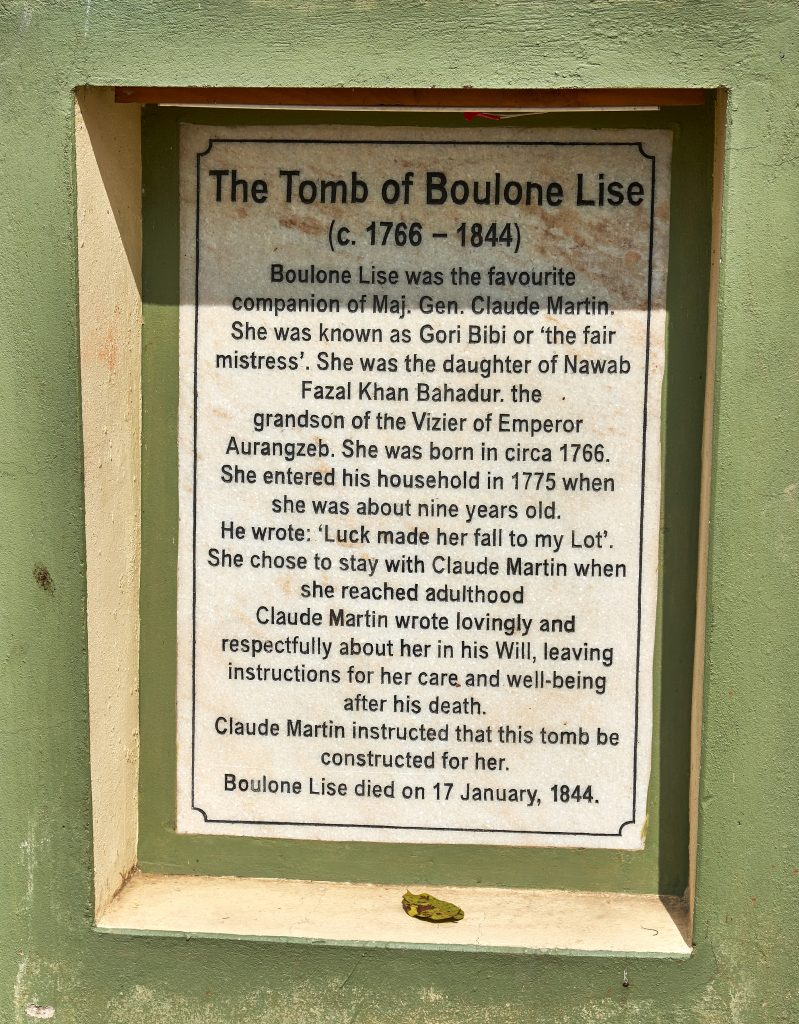
Claude Martin’s motto “Labore et Constantia” translates into “Work and Fidelity” but some believe that Constantia refers to his first love Constance, whom he left in Lyon when he travelled to India to seek his fortune. In fact he never returned and died in Lucknow after an operation to remove gall stones which, in the absence of other willing surgeons, he performed on himself.
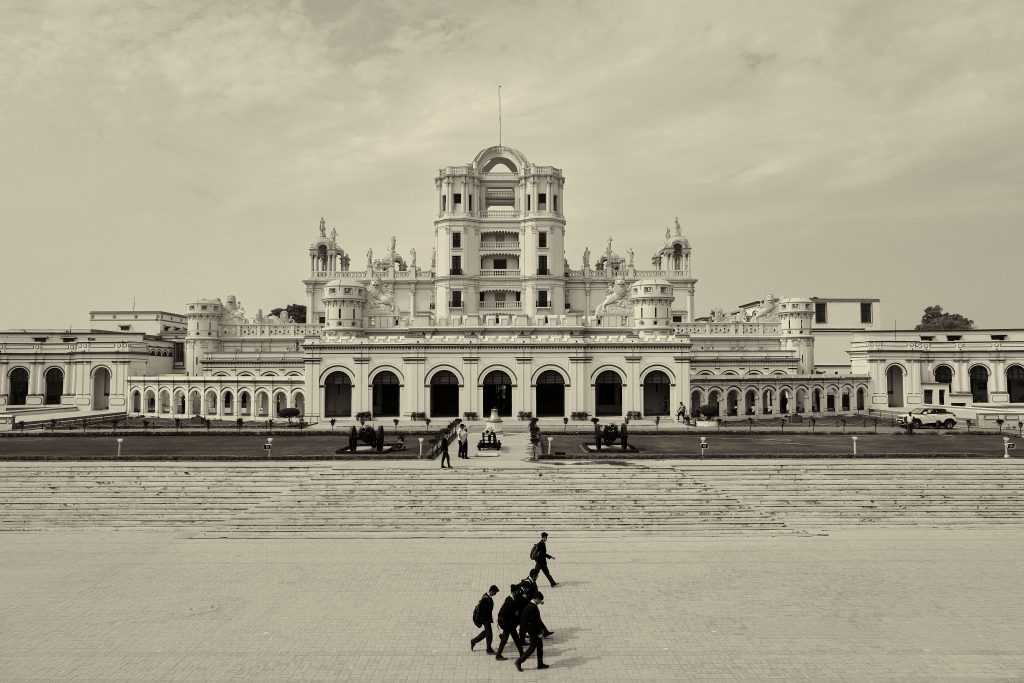
The masters and pupils of La Martiniere fought gallantly alongside the soldiers from the Resident’s palace during the Indian rebellion of 1857 and remains to this day the only school to be awarded a medal for gallantry (posthumously in 1930).
Fighting during the rebellion was intense and most of the BEIC Residence’s buildings, which included a church, mosque, temple, hospital, treasury and dozens of other structures built on the 300 acre site, were destroyed. Cannon and bullet holes are still very visible in the remaining walls of the ruins.
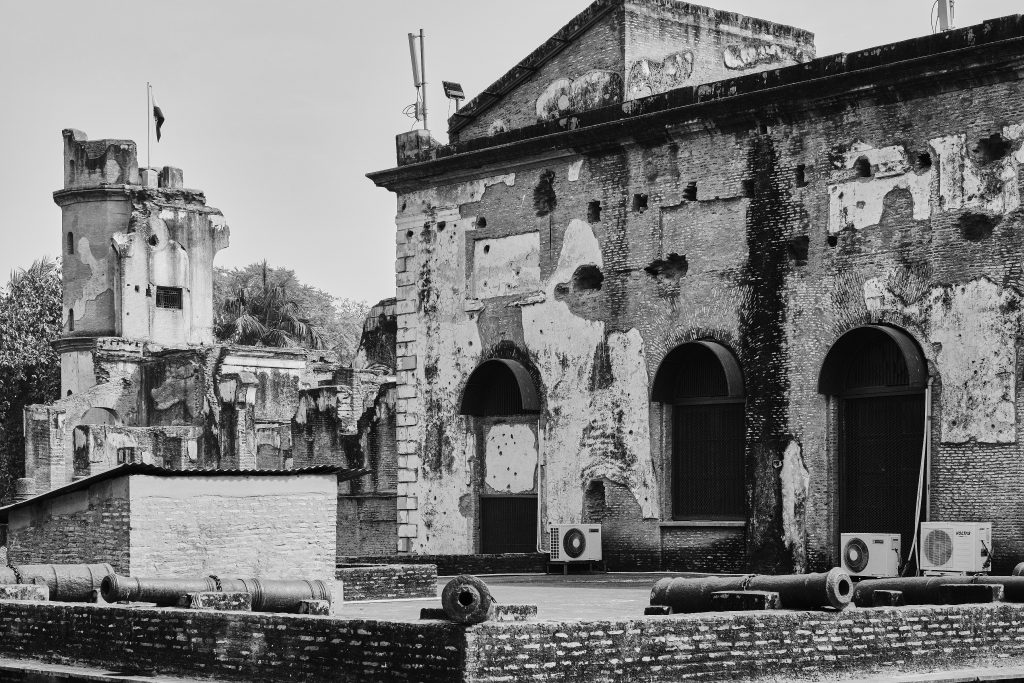
Eventually the Residence was overwhelmed by the rebels but recaptured by the British some two weeks later. So many died in the defence of the Residence that they had to be stacked in graves with nothing but a brief prayer to acknowledge their bravery.
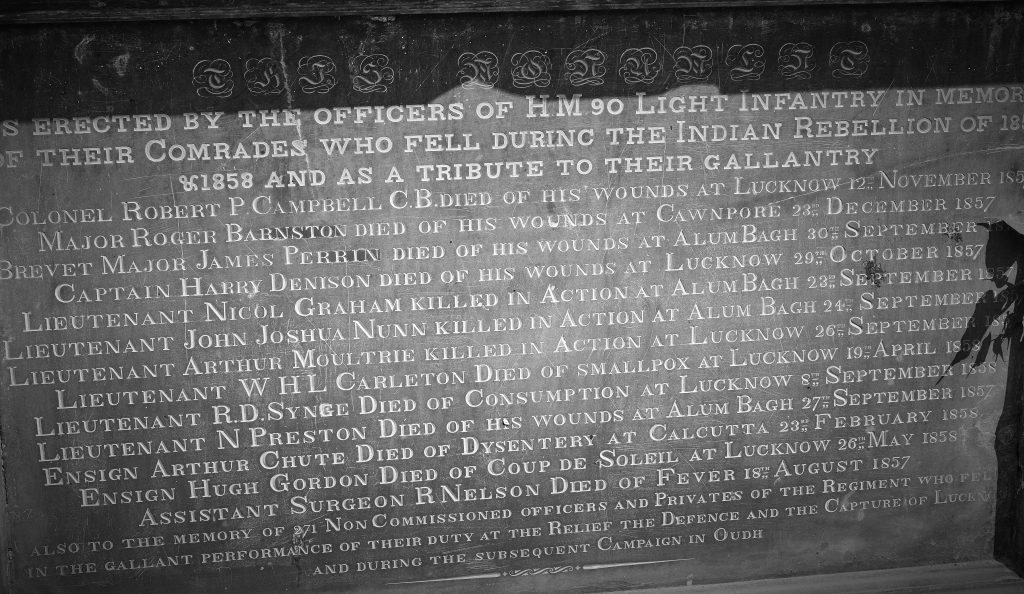
Shortly after the rebellion, Queen Victoria was declared Empress of India and her rule replaced the governance by the East India Company.
Click on an image to launch the gallery:
[Modula id=’6′]
You might also be interested in...
Understanding the requirements – Part 2
8th July 2024In a previous blog I wrote about the need for clear requirements and why we ask so many questions. To recap, in summary - we cannot recommend, build and install a solution to meet your demands without...
Read MoreSampling equipment does not need to be expensive
18th April 2024… especially when it concerns sampling for (soil) pore water.
Read MoreWhen inches and millimetres matter
18th March 2024Despite being of an age when we learned metric alongside imperial, I find it difficult to do the mental gymnastics to convert a foot into centimetres. The grey cells are totally overwhelmed when I’m...
Read MoreVan Walt Environmental Equipment
A small selection of our environmental equipment